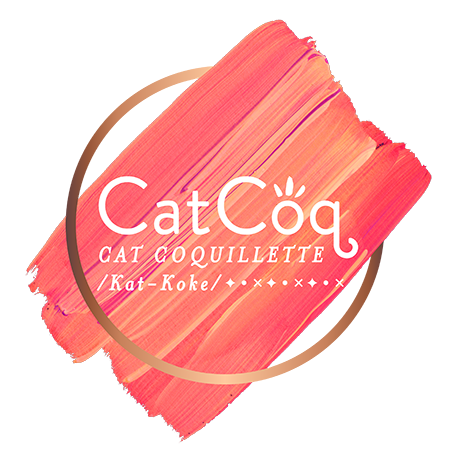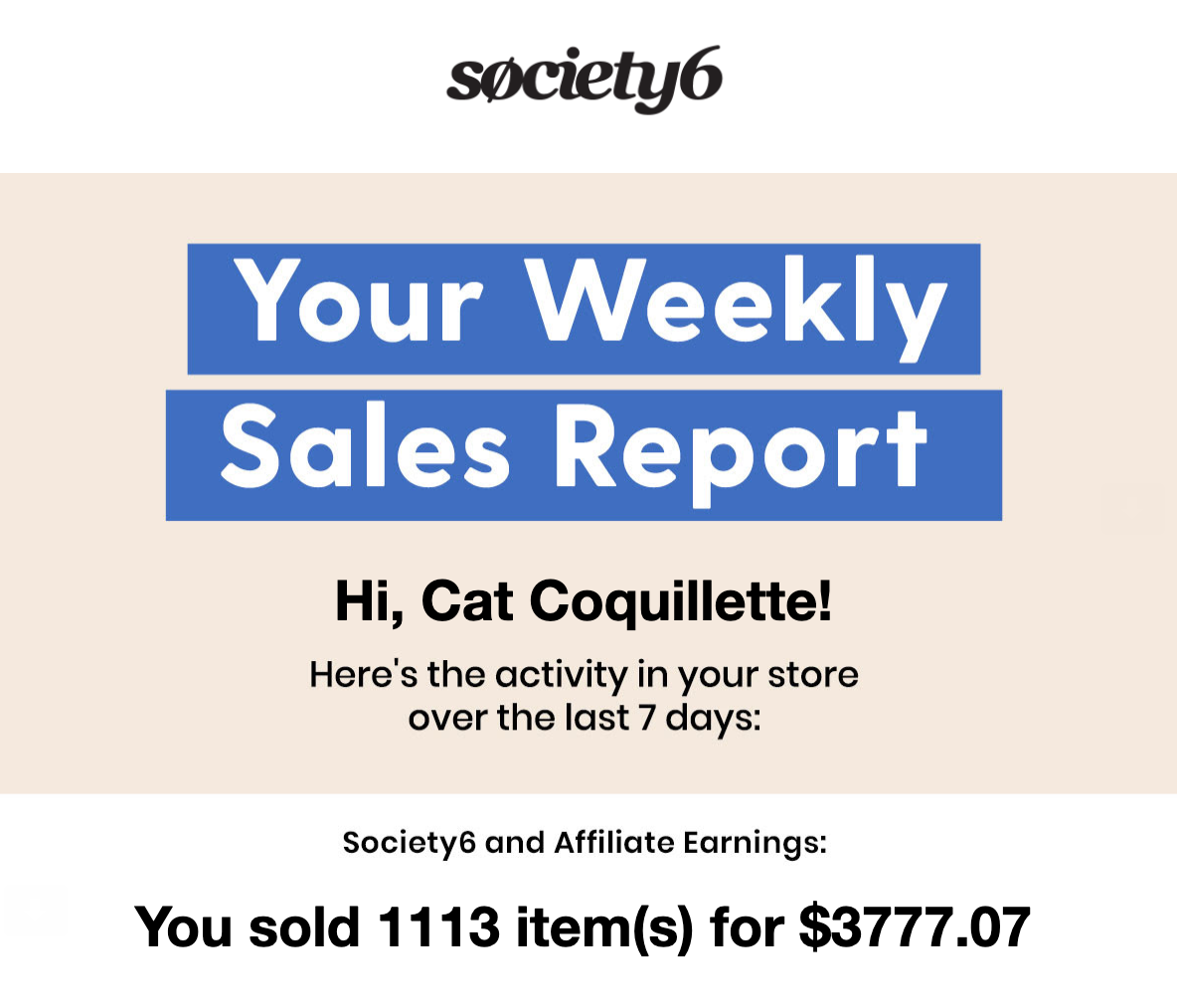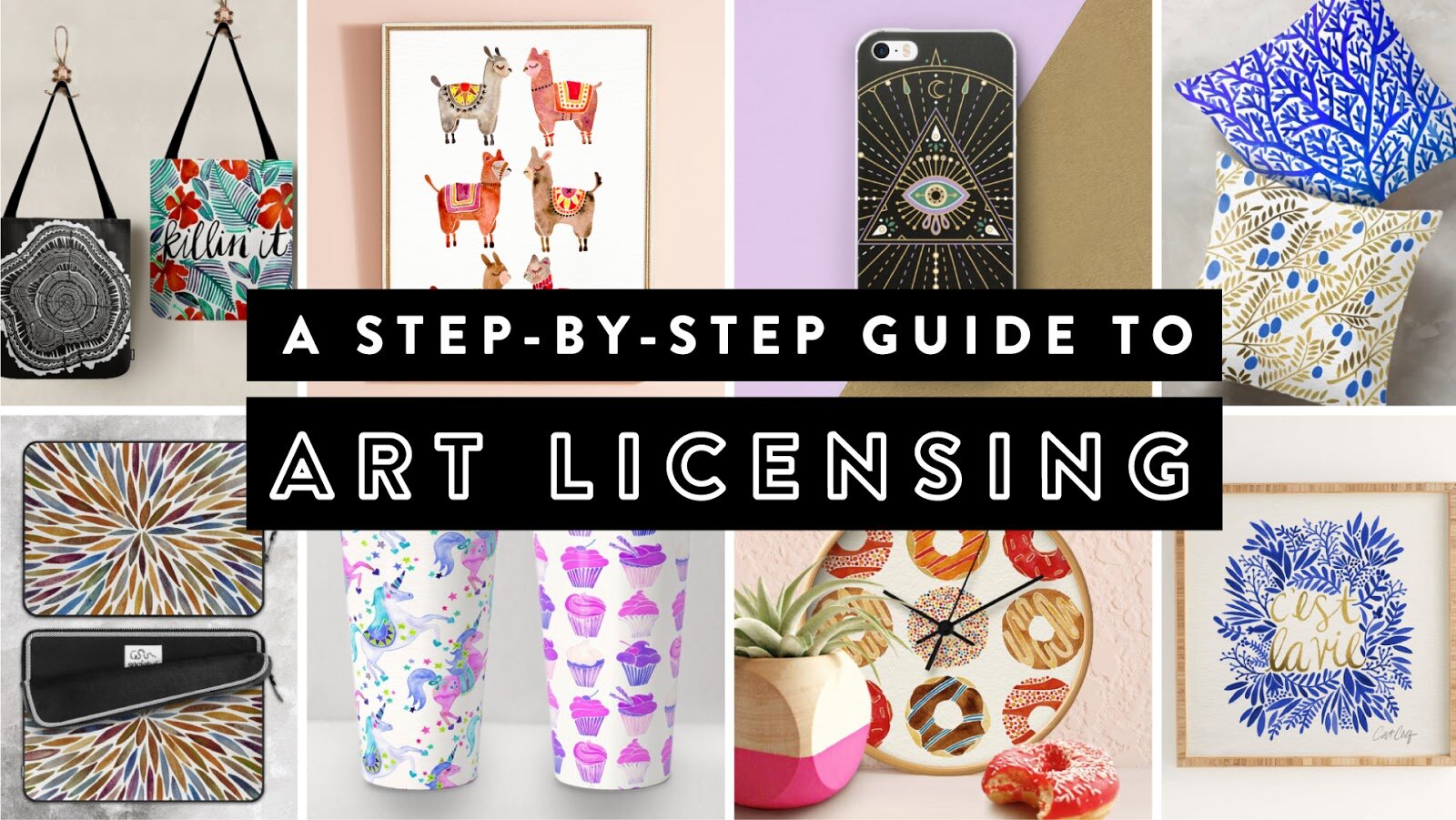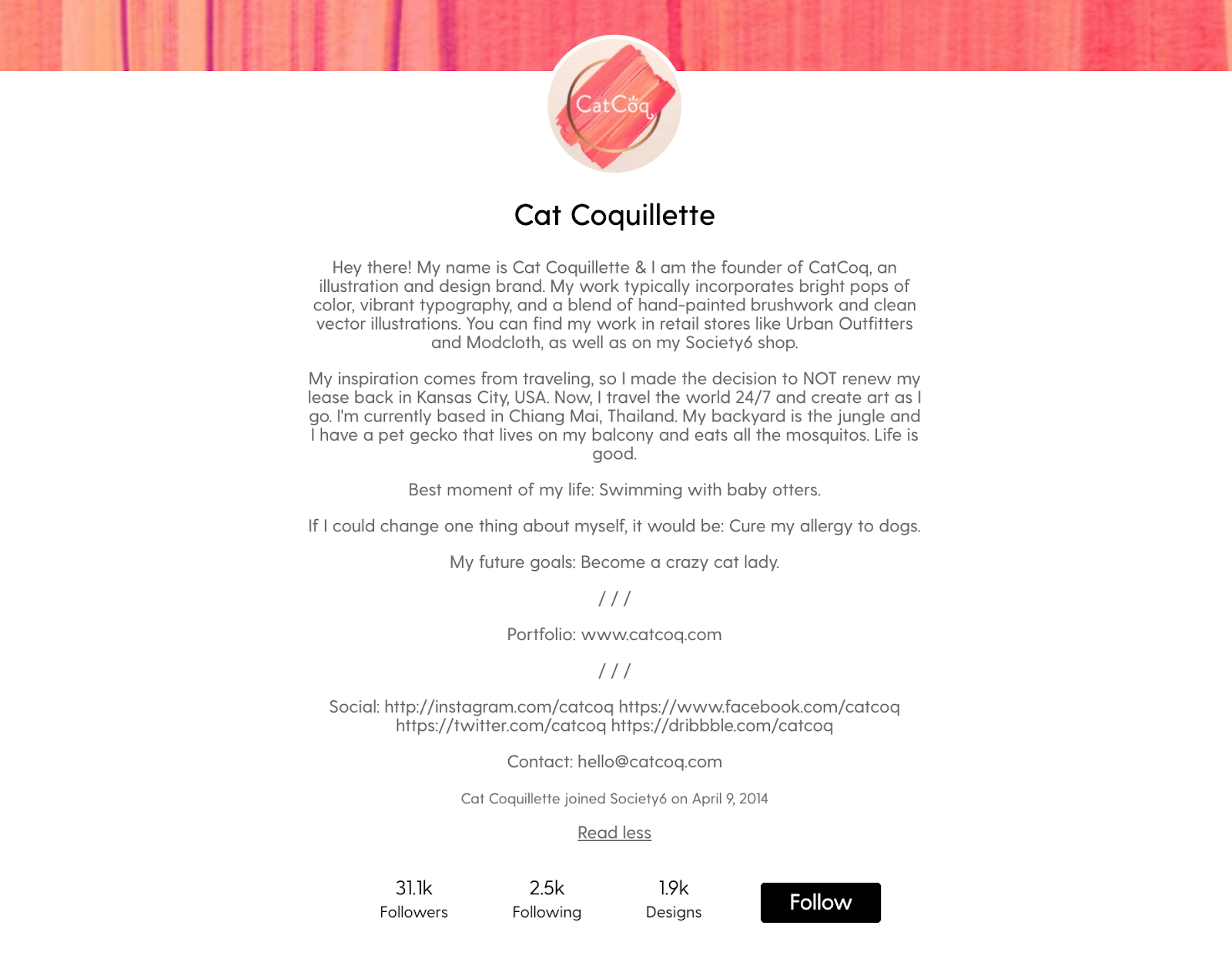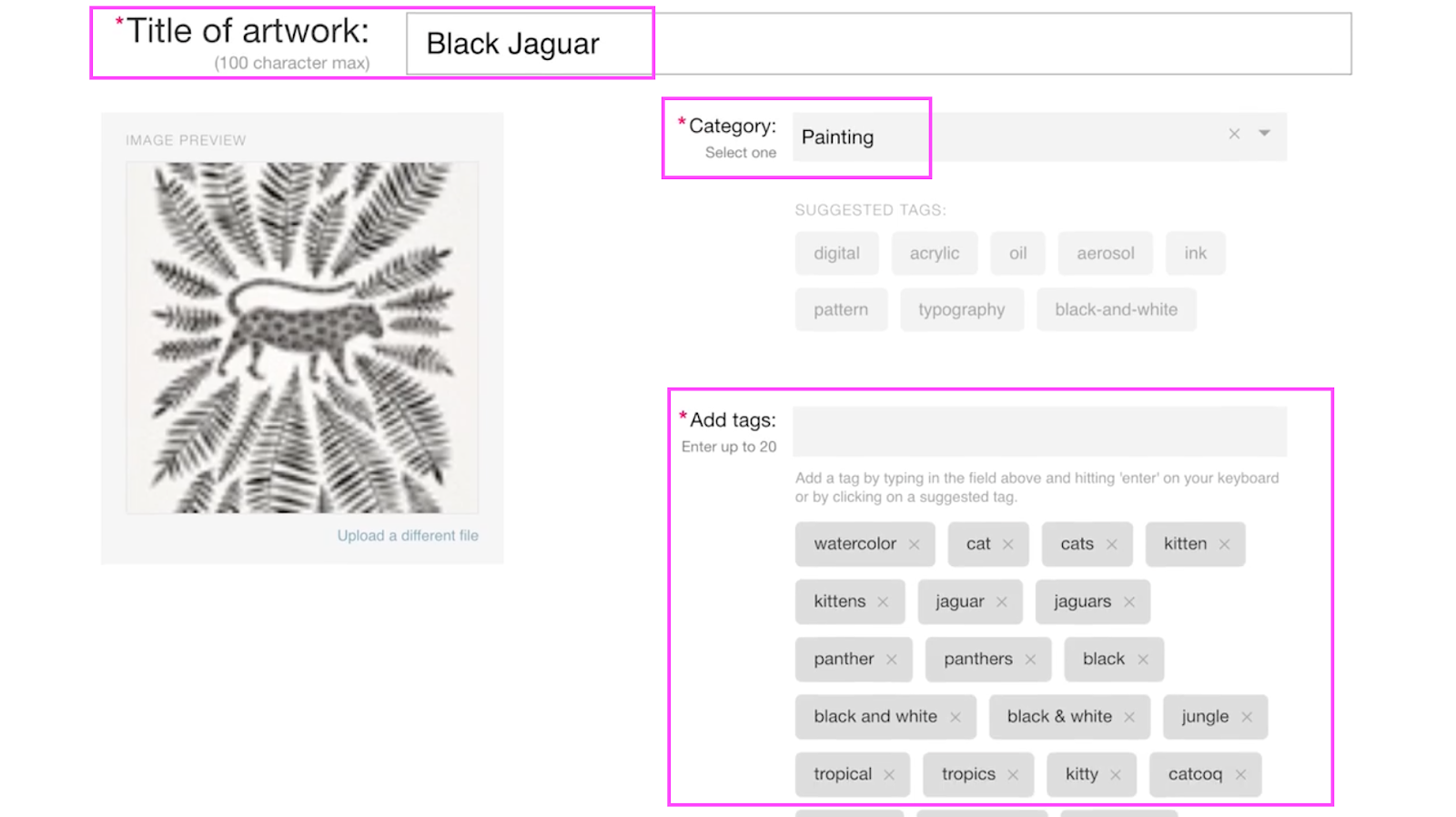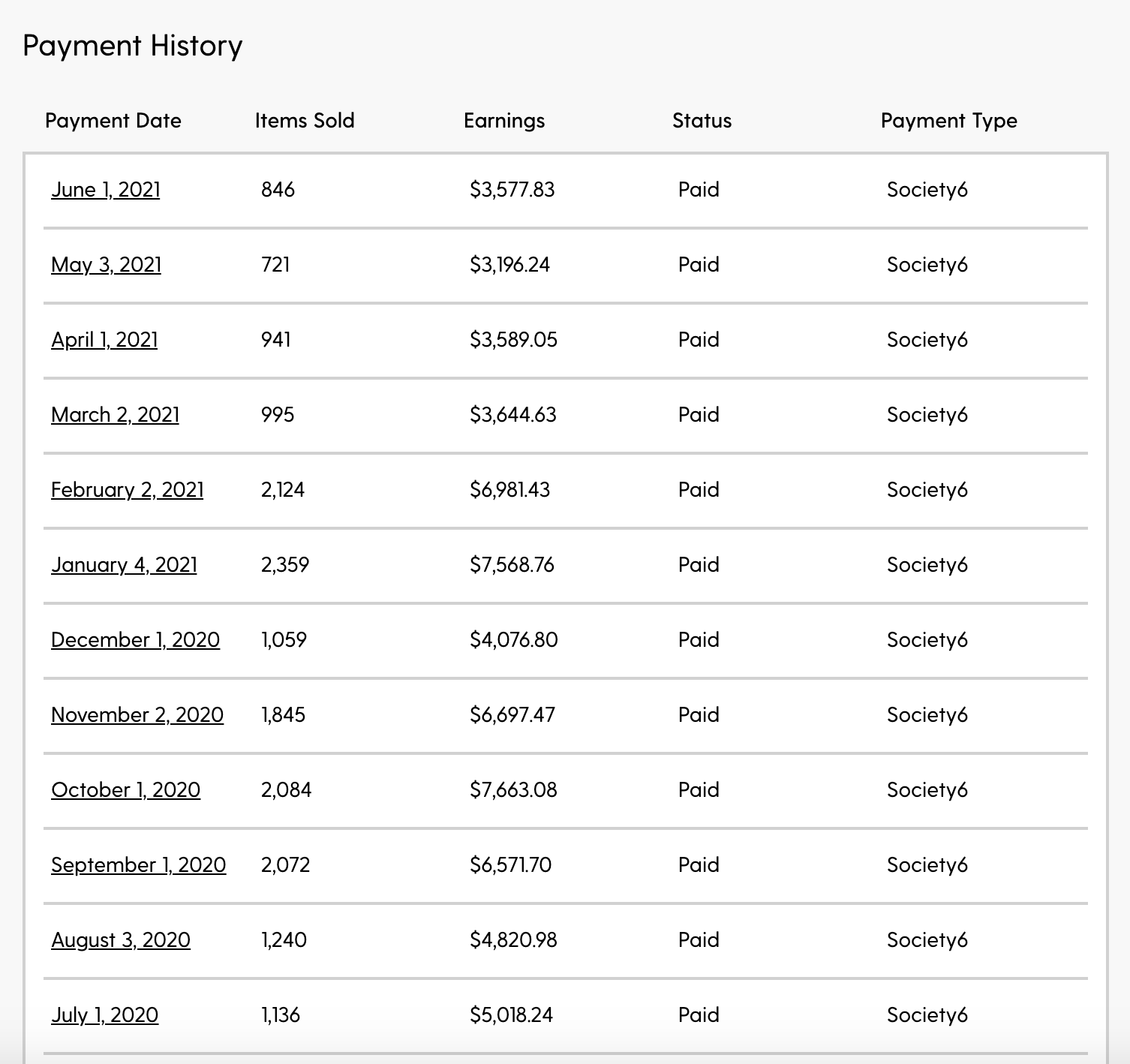The Beginner's Guide to Art Licensing with Print on Demand
Are you wondering how to make money as an artist? In this digital age, art is a more viable career than ever before. It just takes a few clicks to get started selling your artwork online.
One of the best ways to sell art online and start bringing in passive income is with print on demand sites! I got my creative business started using print on demand sites like Society6, Redbubble, Casetify, and more. Now, seven years later, I’m still bringing in a big chunk of my monthly income from those sites.
But what is print on demand and how can artists profit from it? Print on demand is a production model where products with custom printed designs are produced as customers order them. So, instead of printing 1,000 T-Shirts with one design and holding inventory, the print on demand model prints a single T-Shirt when a customer orders it. This is a low-cost model that has been exploding over the last few years.
One of the biggest benefits to selling on print on demand sites is that it’s a quick and easy way to get your artwork out into the world. You don’t have to worry about website hosting, web design, product creation, order fulfillment, or customer support. The print on demand site takes care of all of that for you.
There’s also no big financial risk for artists to get involved. All it takes is the time investment to get your shop set up and your artwork created. Because it’s such a low-risk investment, it’s an incredible opportunity to make money as an artist.
Print on demand sites sell almost everything that can have a custom design printed on it. Wall art, T-Shirts, phone cases, tote bags, backpacks, leggings, tapestries, pillows, rugs, coffee mugs, notebooks, bedding, stickers, skirts, and many, many more. I could go on all day listing out the number of products that are available for you to put your artwork on.
In this post, I will walk you through some of the basics of getting your artwork set up on a print on demand site. We’ll cover:
If you’re more of a visual learner, I cover everything you need to know about print on demand in my Skillshare class, A Step-by-Step Guide to Art Licensing: Sell Your First Piece of Artwork Online. You can watch the class for free when you sign up for a free trial with Skillshare here!
Let’s dive right into Art Licensing with Print on Demand!
One of my favorite entrepreneurial techniques is to get my artwork in as many places as possible and see what works. Society6 and Redbubble were the sites that worked for me, but I would highly recommend putting your artwork on as many print on demand sites as possible to find the ones that work best for you.
Here are some other print on demand sites that you can check out:
This is not an exhaustive list of print on demand companies, but it’s a good place to get started!
The basics of setting up a print on demand shop
All of the print on demand sites have slightly different systems, but the basic information needed to set up a shop is the same. Here is an example of how to create a Society6 shop. Click the button that says “Join” on the top right of their website. From there, select the option to upload art and start adding in your shop information!
The hardest thing you’ll run into when setting up your shop is choosing your username. If you already have a brand name, you can use that! If not you’ll want to brainstorm some ideas for your brand name since this username can’t be changed.
Once you have chosen your username and created an account, the next step is to set up your profile. Don’t skip out on the basics when setting up your profile. Adding a profile picture, banner, and bio will be a big help in making sure that your profile stands out and looks professional.
Your bio should provide a clear and interesting glimpse of who you are as an artist. You can include things like where you’re based, your education, and a short overview of your artistic style. You can also pepper in some more personal fun facts to help people connect with who you are as a person!
Be sure to link to your website, social media, and provide your email address in your bio. I’ve had many clients find me through Society6 and reach out to me because they found my contact information in my bio.
The final piece of setting up your shop is to link to your Paypal Account. This is how most Print on Demand companies will pay you, so it’s important to get that set up before uploading any of your artwork. Your PayPal account doesn’t have to be a business account. A personal account will work just fine. After you have that linked it’s time to start uploading your artwork!
How to optimize your artwork for print on demand
Since print on demand sites have so many products, it can seem overwhelming to have to create a new piece for each product’s specifications. Don’t worry though, there is an easy way around this that will save you a ton of time!
I’ve found a file setup for my artwork that works perfectly and fits almost all of the products on the various print on demand sites. Having a “one-size-fits-all” file will save you a lot of time as you’re uploading your artwork. I use one file size for products, and one file size for art prints. This helps keep things simple and will make it easier to upload your artwork to multiple products.
Artwork Specifications For Products:
Dimensions: 12,000 x 12,000 pixels
Resolution: 300 DPI
Color Mode: RGB
Here’s an example of one large square file that has been repurposed onto multiple different products:
You can choose whatever custom dimensions you want for art prints, but there are still some guidelines to follow to help you set up your files correctly. Here is another quick reference guide for your art print file specifications.
Artwork Specifications For Art Prints:
Dimensions: 30” inches at the shortest edge
Resolution: 300 DPI
Color Mode: RGB
How to upload products to your shop
Each print on demand site is slightly different, but they all have the same main categories when you’re uploading your artwork - Artwork Title, Category/Description, and Keyword Tags.
Print on demand shoppers utilize the search bar when they’re shopping. In order for your artwork to show up in these searches, you want to make sure that you fill these three areas with keywords related to the piece.
Artwork Title
Give your artwork a clear title that describes the piece. In my example below, I used the title “Black Jaguar.” Simple yet descriptive.
Category/Description
This section is pretty straightforward. Make sure that the category is in line with the type of product that you’re selling. In my example, I’ve just chosen “Painting” as the category.
Keyword Tags
These tags are a key part of getting noticed on the platform. In my example, I’ve included keywords that are related to my artwork but might not necessarily be in the title. For example, I’ve added the keywords “panther” and “black & white”, so if someone searches for either of those keywords this piece will show up even though it’s titled “Black Jaguar.” I recommend using as many related keywords as you can so that your artwork shows up in as many different searches as possible.
Pricing and royalty rates for print on demand
When you’re licensing your artwork through a print on demand site, your earnings are called royalties. Royalties are a percentage of what the customer pays for a product. Some print on demand companies have a fixed royalty rate, while others let you set your own rate.
For the sites that have a fixed royalty rate, the typical rate paid out to artists is 10%. That means if you sell a phone case for $35, you’ll earn $3.50.
I know this might sound low, but remember that the print on demand site is covering all of the overhead costs including creating the products, fulfilling orders, customer service, paying their employees, and much more.
If that feels too low for you, you can check out print on demand sites that let you set your own royalty rates, like Redbubble. However, setting a higher rate means that the product is going to cost more for the customer. This strategy can present a bit of a challenge. There are a lot of artists selling on print on demand sites, which means that you need to be conscious of how your pricing compares to similar products.
Your chosen royalty rate might bump the price of a product up so much that it will deter people from buying it. Let’s take a coffee mug for example. If the majority of sellers are pricing their coffee mugs at $15, but your chosen royalty rate has bumped your product price up to $30, shoppers are going to be more likely to skip over yours and purchase the lower-cost items. It’s always best to do a bit of research on the platform and see how other artists are pricing their products before choosing your royalty rates.
I would never recommend selling products at a royalty rate that you’re not comfortable with. At the end of the day, it’s up to you to choose what kind of pricing structure works for you. Whether that’s working with companies with fixed royalty costs, or choosing your own rates.
The challenges of print on demand and how to stand out
Selling your artwork online with print on demand sites can be a great opportunity for artists, but it’s not without its challenges. One of the biggest challenges is that it can take a lot of time to gain traction on these platforms. They are filled with incredible artwork, so it can take time to build momentum and sales.
When I started my Society6 shop my first paycheck was $9.60. I’m so glad I didn’t get discouraged by that though. My sales have increased exponentially since that first paycheck, and now print on demand makes up a significant part of my monthly revenue.
Then:
Now:
The best way to make print on demand a sustainable income source is to sell a lot of products through a lot of websites. It’s important to have a big portfolio full of good sellers in order to see a return. Today, I sell between 700-2,400 products a month on Society6 depending on the time of year.
Growth may take time, but it’s definitely still possible on these platforms. Determination, strategy, and a large body of quality work are the keys to success with print on demand.
If you want to learn more strategies for how to stand out on print on demand sites and make an income as an artist, I’d love for you to join me in one of my Skillshare classes.
Check out my top classes about selling your artwork and growing as a creative entrepreneur:
Trend Forecasting
Are you ready to create artwork and designs that will become insanely popular and earn you passive income for months or years to come? This class will help you do just that by learning how to key into upcoming trends.
Step-by-Step Guide to Art Licensing
Want more strategies for standing out on print on demand sites and monetizing your art side hustle? This class is filled with actionable steps to help you make your first sale with artwork online.
Growing Your Creative Business Through Instagram
One of the best ways to market your artwork is with social media. This class will help you grow your brand successfully on Instagram, tailored specifically to visual creatives.
